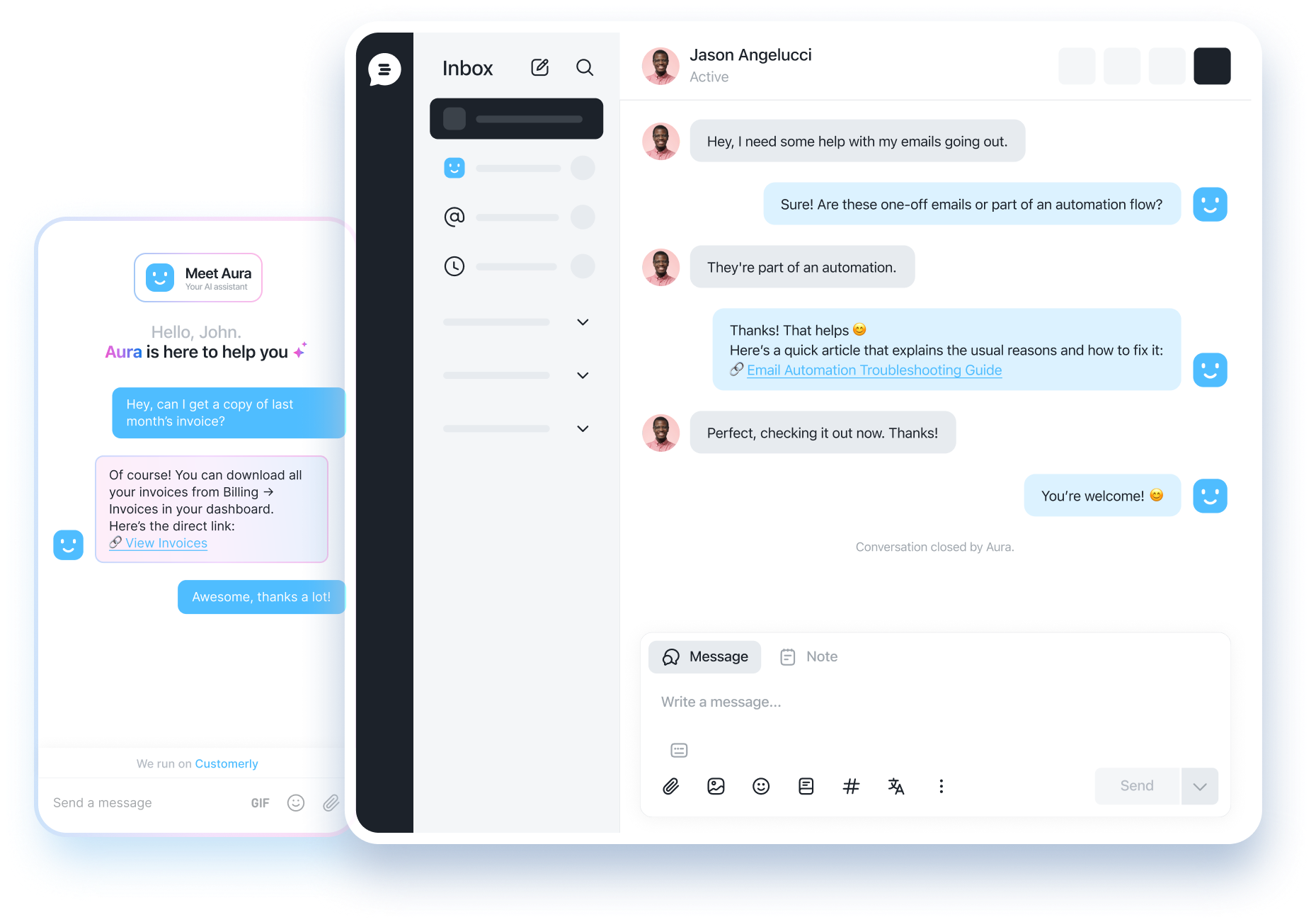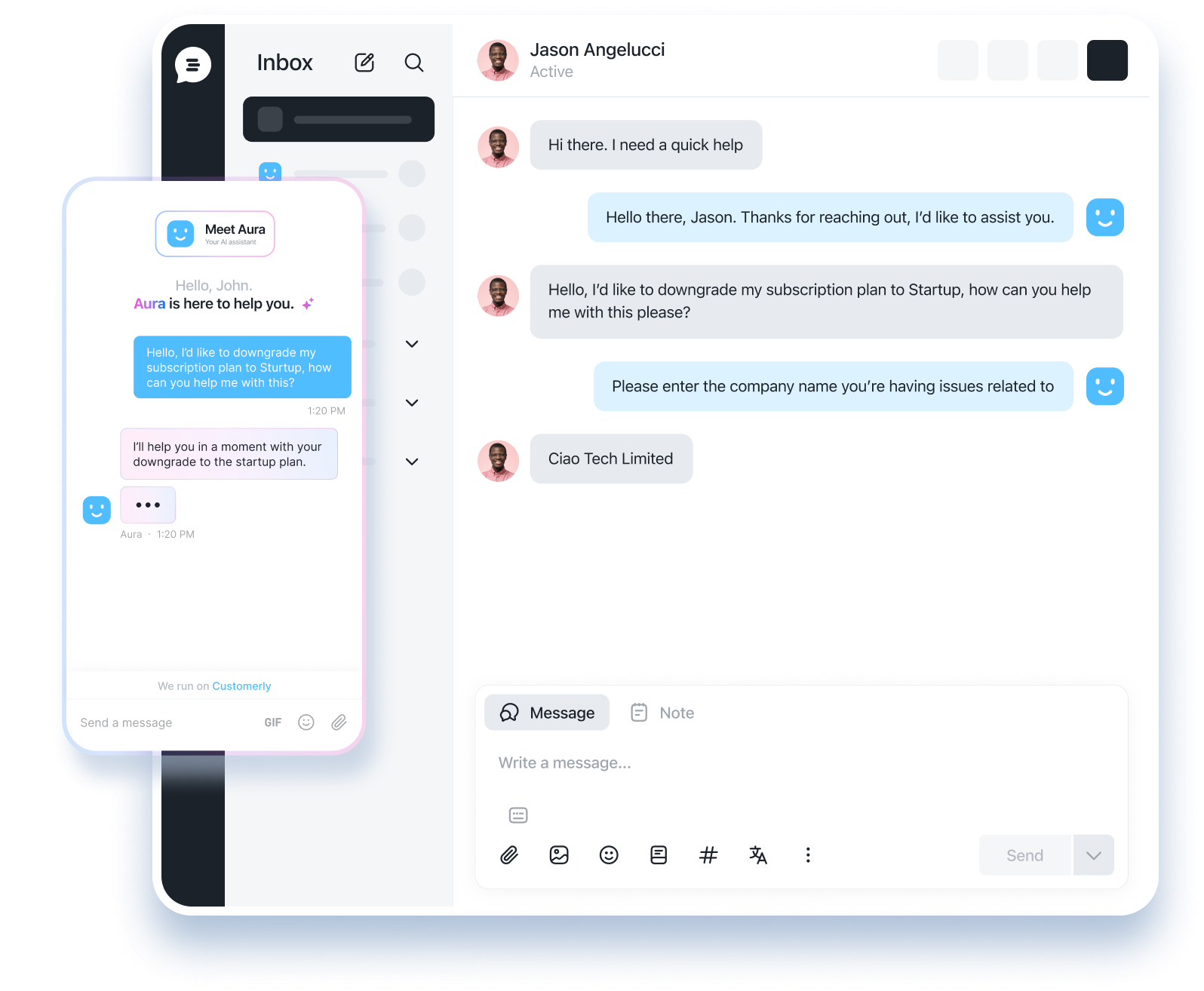

Client Lifecycle Management
Client Lifecycle Management (CLM) is the process of managing the entire lifecycle of a client, from acquisition to offboarding, to enhance client relationships, retention, and profitability.
Definition
Client Lifecycle Management (CLM) refers to the process of managing the entire lifecycle of a client, from the initial acquisition and onboarding, through to the ongoing management, and finally to the offboarding process. CLM is a comprehensive approach that allows businesses to understand their clients better, improve client experience, and maximize the value of each client.
Usage and Context
CLM is used across various industries, including banking, insurance, telecommunications, and retail. It includes processes such as data collection, risk assessment, client onboarding, periodic reviews, and offboarding. By implementing an effective CLM strategy, businesses can enhance their client relationships, increase client retention, and boost profitability.
FAQ
What is the importance of Client Lifecycle Management?
CLM is crucial for businesses as it helps in improving client relationships, increasing client retention, and enhancing profitability. It provides a holistic view of the client's journey, enabling businesses to tailor their services to meet the client's needs.
How is Client Lifecycle Management implemented?
CLM is implemented through various processes such as data collection, risk assessment, client onboarding, periodic reviews, and offboarding. These processes help businesses understand their clients better, meet their needs, and improve their overall experience.
Related Software
There are various software solutions available in the market that can assist businesses with CLM. These include Salesforce, Zoho CRM, and HubSpot CRM. These software solutions provide tools for managing client data, tracking client interactions, and analyzing client behavior.
Benefits
Implementing an effective CLM strategy can provide numerous benefits for businesses. It can help in improving client relationships, increasing client retention, enhancing profitability, and gaining a competitive advantage. Additionally, it can enable businesses to identify potential risks and opportunities, make informed decisions, and tailor their services to meet the client's needs.
Conclusion
In conclusion, Client Lifecycle Management is a vital process that can help businesses improve their client relationships, increase client retention, and enhance profitability. By implementing an effective CLM strategy, businesses can gain a holistic view of the client's journey, tailor their services to meet the client's needs, and maximize the value of each client.

AI Support That Sets You Apart.
Start Leading Today.













